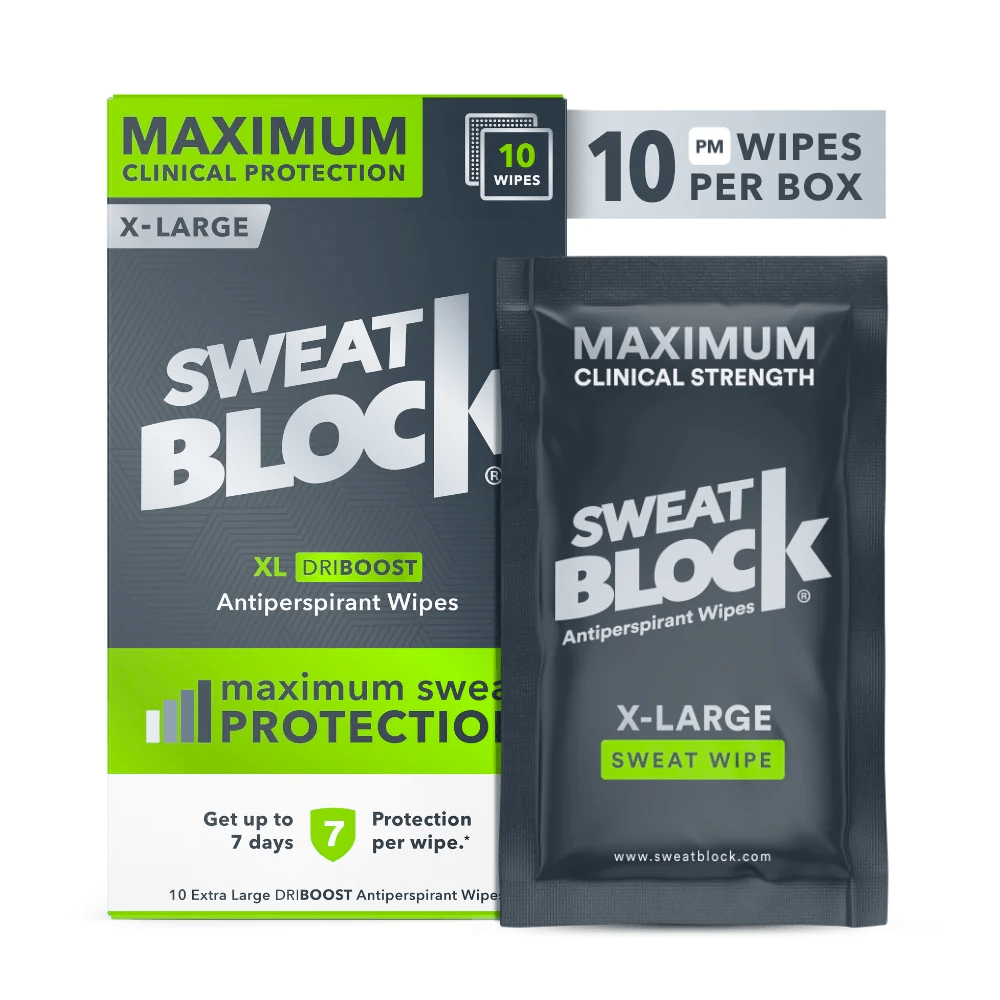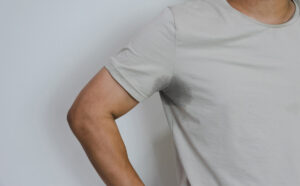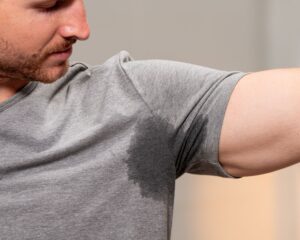There’s always summer somewhere. Somewhere where it’s so hot that the mere act of sitting down can turn into a sweaty ordeal. The sun blazes, the temperature soars, and we’re left to deal with one of life’s uncomfortable truths: leaving that dreadful butt sweat on chairs.
Finding the right answer to “how to stop bum sweat on chairs” is a universal problem that has been ignored for too long, often swept under the rug—or should we say, cushion?
When exposed to hot and humid weather, our body’s natural cooling mechanism kicks into overdrive. Sweat glands become our best friend and worst enemy, as they work overtime to regulate body temperature. But in the process, they also contribute to the uncomfortable and sometimes socially awkward issue of excessive sweating in some rather unfortunate areas.
Fear not, for this is the year we’re tackling this slippery issue head-on! Don’t sweat it (pun very much intended). We’ve put together the ultimate guide on how to stop bum sweat on chairs. Whether you’re a victim of this moist menace at home, in the office, at school, or at social gatherings, we’ll guide you through managing it like a pro and even show you how to prevent butt sweat and those dreaded sweat marks that can ruin your day, clothing, and even your upholstery.
Sweating 101: The Body's Natural Cooling Mechanism
Before we look at how to stop bum sweat on chairs, first, a deep dive into the biological framework behind sweating, because understanding is the first step toward management and prevention.
Sweat is secreted by two distinct types of sweat glands in the human skin: eccrine glands and apocrine glands.
Eccrine glands are dispersed across the majority of the body’s surface, functioning primarily to cool us down through evaporation. These are the main culprits in generating the sweat that contributes to the issue of bum sweat on chairs.
Apocrine glands, on the other hand, are predominantly found in areas rich with hair follicles, like your armpits and pubic region. They secrete a thicker form of sweat that usually has a more pronounced odor due to its interaction with bacteria on the skin.
These sweat glands serve an important physiological role; they act as the human body’s natural cooling mechanism. When hot temperatures or physical exertion cause your body temperature to rise, these glands release sweat which then evaporates to cool you down. While this is beneficial for maintaining a stable internal environment, it often leads to the unwanted and sometimes embarrassing problem of excessive sweating in places we’d rather stay dry—like our buttocks. This, in turn, can lead to what many dread: bum sweat on chairs.
So, while these glands are biologically vital for regulating our body temperature, their zealous activity can create a real conundrum when it comes to how to stop bum sweat on chairs.
How to Stop Bum Sweat On Chairs: A 6-Step Plan
Dress Wisely
The first step in learning how to stop bum sweat on chairs starts with what you wear. Fabric choice plays a crucial role in managing excessive sweating. Natural fabrics like cotton are highly breathable and allow air circulation, thus helping you combat bum sweat.
On the flip side, synthetic fabrics trap heat and can escalate the problem, leading to excessive bum sweat. Besides natural fabrics, moisture-wicking materials can also be a great choice. Think workout-clothing material. These materials are engineered to move sweat away from your body, keeping you dry and comfortable.
Avoid tight clothing as well; constricting garments can trap heat, causing your sweat glands to go into overdrive and worsening your bum sweat dilemma.
Mind Your Diet
Food impacts more than just your waistline; it can also affect your body temperature and activate those pesky sweat glands. Consuming spicy foods can trigger a rise in body temperature, resulting in an uptick in sweat production.

Invest in the Right Furniture
Your choice of furniture is another key factor in how to stop bum sweat on chairs. Mesh chairs with rear mesh fabric are fantastic for promoting air circulation, a crucial element in knowing how to prevent bum sweat.
Leather chairs or leather seats, on the other hand, are a hotbed for trapping heat and absorbing sweat, exacerbating the bum sweat issue. It’s not just the material, either; the design matters. Look for chairs that have features designed for ventilation, as they can significantly cut down on bum sweat.
Adopt Ventilation Rest Periods
If you find yourself sitting for extended periods, it’s imperative to incorporate ventilation rest periods into your day. Simply standing up and moving around for a few minutes can make a world of difference in air circulation, helping to cool down your buttocks and reduce excessive sweating. It can also prevent sweat marks, which no one wants to deal with.
Use Seat Cushions and Liners
Investing in beaded seat cushions or using panty liners on your seat can be extremely effective in absorbing moisture, thereby preventing bum sweat from staining your chairs. These cushions and liners serve as a barrier, absorbing sweat before it gets a chance to leave a mark.
Natural vs. Synthetic Underwear
The choice between natural vs. synthetic underwear is crucial in how to stop bum sweat on chairs. When it comes to underwear, the natural vs. synthetic debate is incredibly relevant in how to stop bum sweat on chairs. Breathable underwear crafted from natural fabrics can be your best friend in the fight against bum sweat.
If natural options aren’t available or to your liking, moisture-wicking underwear can be the next best thing. However, synthetic fabrics should be avoided at all costs. They don’t just trap heat; they also allow for sweat buildup, which can lead to a case of excessive bum sweat that you certainly don’t want to deal with.
Use The Right Products
When it comes to combating bum sweat, the Antiperspirant Body Wipes are your best bet for those quick fixes. These aren’t your ordinary baby wipes; they’re designed for body and back, and specially formulated to treat excess sweating and hyperhidrosis.
When All Else Fails… See a Doctor
If you’ve diligently followed the 6-step plan but find yourself still battling with excessive sweating, it may be time to escalate the matter to medical professionals. The issue could be more than just an uncomfortable inconvenience; it could be a symptom of a more significant medical condition, such as hyperhidrosis.
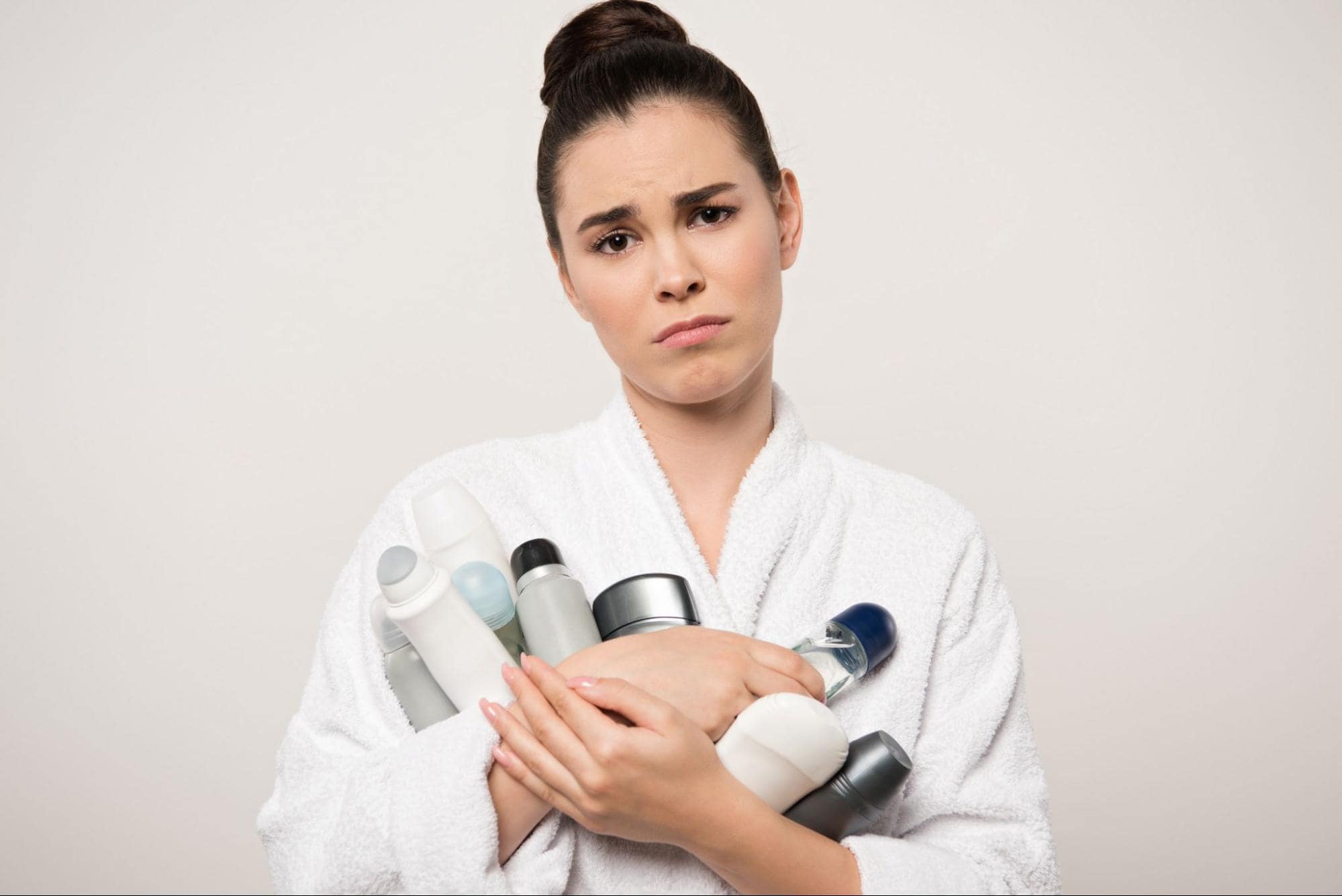
Hyperhidrosis is characterized by sweating that exceeds the body’s natural cooling mechanism needs, often disrupting daily life. If you’re sweating through your clothing without engaging in intense physical activity or find that excessive sweating, including bum sweat, is interfering with your everyday tasks, it’s a red flag that warrants medical attention.
Underlying Causes of Excessive Sweating
Hyperhidrosis might be a symptom of other underlying medical conditions. For instance, it could be a side effect of hyperthyroidism, which is an overactive thyroid gland. But beyond hyperthyroidism, other medical conditions can also lead to excessive sweating:
- Menopause: Hormonal changes can cause spikes in body temperature and sweat production.
- Medications: Some drugs have the side effect of increasing sweat production.
- Excessive Alcohol Consumption: Alcohol can mess with your body’s natural temperature regulation, causing you to sweat more.
- Nervous System Disorders: Conditions affecting the nervous system can result in uncontrolled sweating.
- Diabetes: Fluctuating blood sugar levels can lead to sweat production.
Skin Conditions Worsened by Excessive Sweating
Furthermore, excessive sweating can exacerbate certain skin conditions, such as hidradenitis suppurativa. This condition may develop when your immune system overreacts to bacteria inside hair follicles, causing pus-filled bumps to form on the skin, including areas like your buttocks.
Additionally, the friction caused by sweat can irritate these already sensitive skin areas, potentially leading to more severe flare-ups or secondary infections. Therefore, effectively managing excessive sweating can also be a crucial step in managing skin conditions like this one.
That’s why, if you’re experiencing excessive sweating that interferes with your daily life or exacerbates skin conditions like hidradenitis suppurativa, it’s best to consult with a healthcare provider. In some cases, medications like Glycopyrrolate and Oxybutynin may be prescribed to help manage the symptoms of excessive sweating. These medications work by inhibiting the activity of sweat glands and can be effective in reducing sweat production.
Aside from medications, healthcare providers can also suggest lifestyle changes, dietary adjustments, or other forms of treatment tailored to your specific condition. Therefore, professional medical advice can be invaluable in effectively managing excessive sweating and its related complications.
Your Ultimate Checklist to Avoid Bum Sweat on Chairs
- Body Wipes ✔️
- Dress Smartly ✔️
- Mind The Diet ✔️
- Breathable Desk Chair ✔️
- Panty Liners ✔️
- Breathable Underwear ✔️
- Natural Fabrics ✔️
- Consult With A Specialist ✔️
By now, you should be an expert on how to stop bum sweat on chairs. With these tips, you’re armed and ready to reduce sweating, maintain air circulation, and say goodbye to sweat marks. Now go ahead, seize the summer—bum sweat-free!
You might also like...

How to Stop Sweaty Feet: Tips, Tricks, and Remedies
There are 4-5 million sweat glands on the human body. Over 250,000 of those sweat glands reside on your feet.

Is There a Hyperhidrosis Cure? 11 Hyperhidrosis Treatment Options
If you’re one of the roughly 8 million Americans who deal with excessive sweating (also known as hyperhidrosis), this article
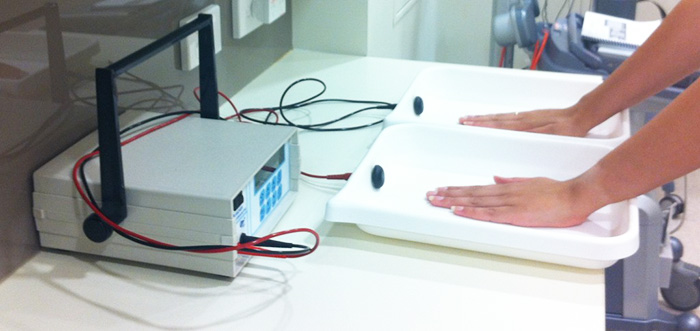
Iontophoresis Treatment for Hyperhidrosis: 19 Common Questions
Table of Contents If you suffer from hyperhidrosis (also known as excessive sweating), you’ve likely heard of Iontophoresis. This unique hyperhidrosis treatment





